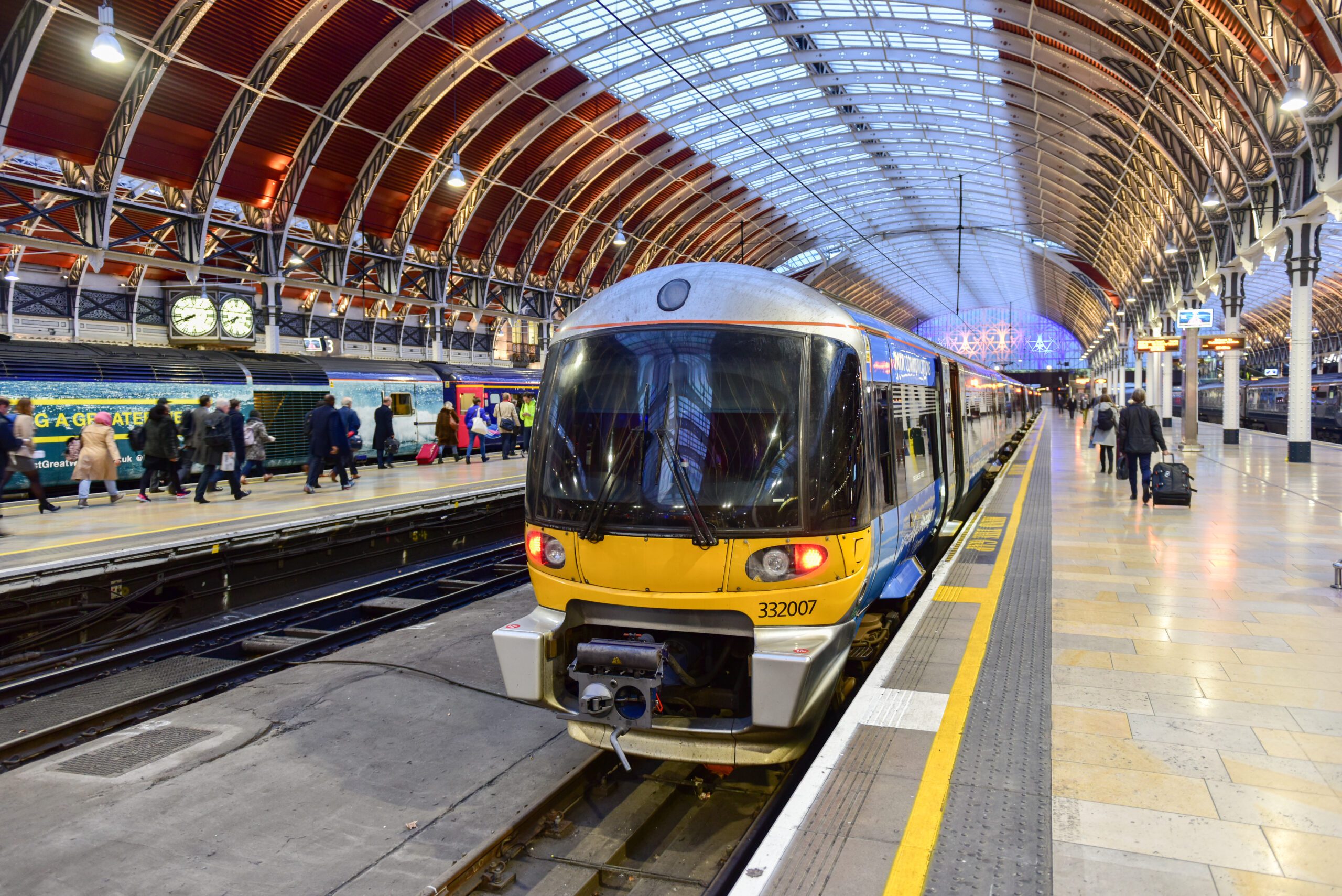
Rail Industry Hazards and Risks
The course provides an overview of the typical hazards associated with railway infrastructure, rolling stock, operations and maintenance. It also provides an introduction to the concepts of risk management and an understanding of the role of risk management through the rail project lifecycle. This involves studying the different sources of risk in the rail industry, the regulatory regimes of the industry, the typical phases of a project and opportunities for risk reduction within each of the phases and the final acceptance into service.
Outline
- Risk Management introduction or refresher
- Rail industry sources of risk
- Collisions between trains
- Standard Mitigations
- Regulatory regimes/requirements
- Overview of Risk Assessment Tools and Techniques used in the industry
At the end of the course you should be able to:
- Deconstruct the risk management process into its constituent components and contrast key risk management terms such as “hazard”, “consequence” and “risk”
- Evaluate the various drivers which cause railway organisations to manage risk
- Understand the principle sources of hazards and evaluate the risks which typically arise during rail industry projects
- Apply knowledge of these hazards and the available mitigations to the management of risk within rail projects
Who is this for?
Managers, engineers and HSE professionals who need to lead or undertake risk management processes for their organisation and facilities, as well as individuals new to the rail industry who require an overview of the industry’s risks.
What prior study is recommended?
Education, skills or experience equivalent to undergraduate level. Risktec course: Principles of Risk Management.
How is it delivered?
Attendance only
F2F (2 days)

